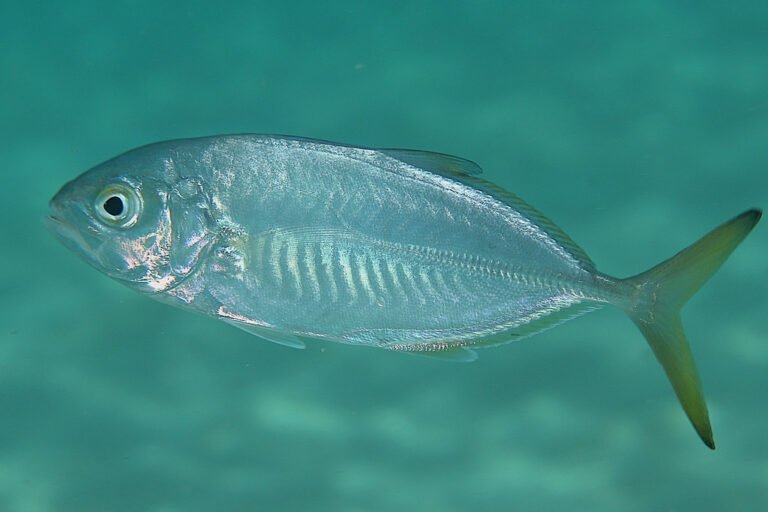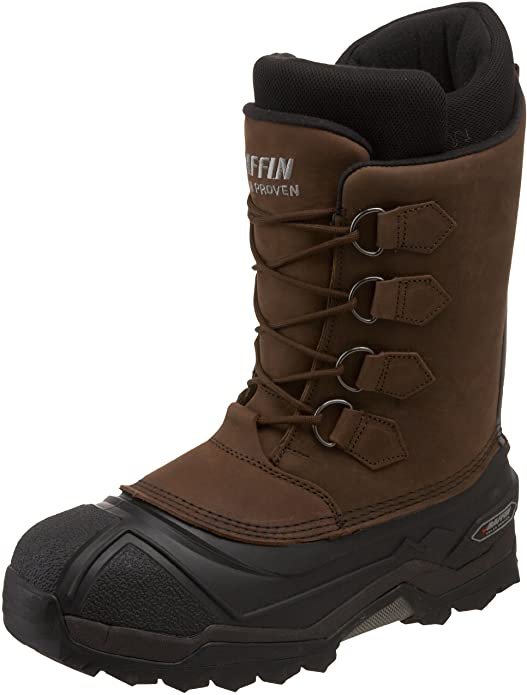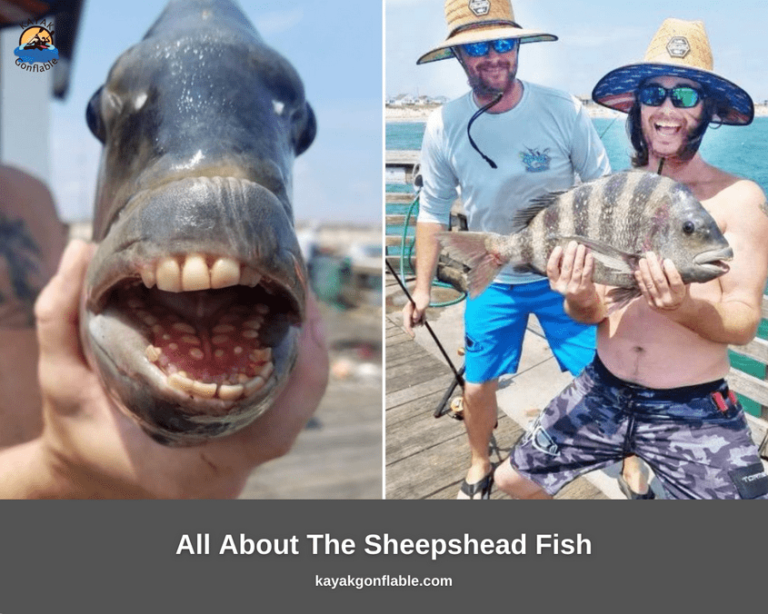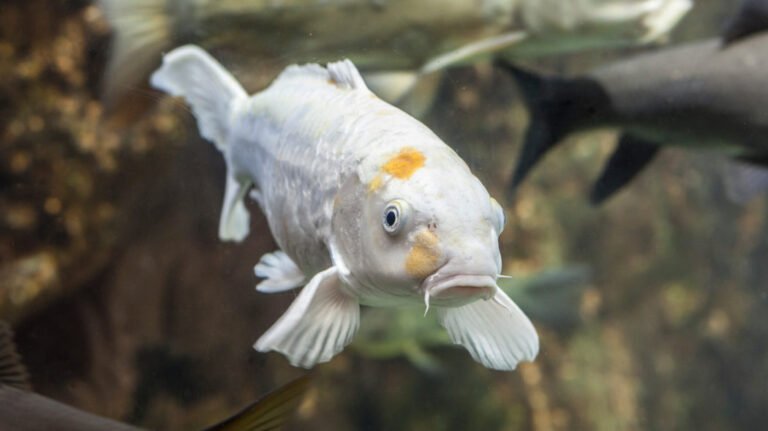All About The Gertrude Rainbow Fish
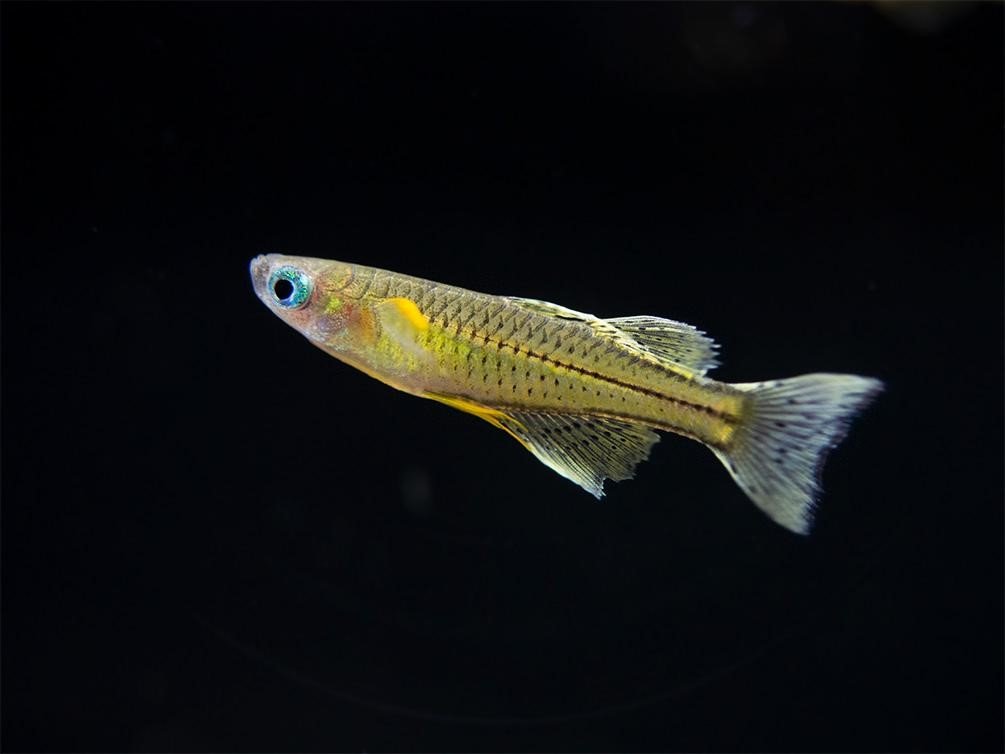
Gertrude Fish
The Gertrude fish (Pseudomugil gertrudae) is one of the species of the Rainbowfish. It is commonly found in northern Australia, Indonesia, and New Guinea. The Gertrude rainbow fish is a small but colorful species of the rainbow fish family.
Unlike a lot of fishes, it is not widespread and comes from streams in about five localized areas. They are often found in aquariums because of their general peaceful disposition and they are popular in freshwater aquariums.
All About The Spotted Blue Eye Rainbow Fish
Gertrude fish is also referred to as spotted ‘blue-eye’ fish. Once you see the fish you will find out why it is called spotted blue-eye fish. This is because even though it is small, it has bright fluorescent blue eyes which are very visible and makes it easy to be spotted.
The males have an overall yellow-green color and the female an overall orange blush which is deeper at the tail. The males have bright yellow wings like pectoral fins.
The dorsal and pectoral fins are very feather-like and the female has shorter fins. Both the male and female Gertrude fish are covered with spots. The males are generally more colorful than the females.
The dorsal and anal fins of males become extended and fan-like with maturity. The size of the adult fish is only a little more than an inch in length.
The male Gertrude Rainbowfish loves to display dominance so it will typically flare its extended dorsal, pectoral, and anal fins and it also obtains a much brighter coloration once it is mature.
How Do Gertrude Fish Behave?
Gertrude fish has a peaceful disposition making it unsuitable for the general aquarium since it can be easily out-competed and it is a very timid fish. When startled, they are prone to jumping (similar to human behavior). It is best kept alone or alongside fishes with similar size, disposition, and requirements.
By nature, Gertrude is shoaling fish and tends to move in groups, though not necessarily in the same direction. By keeping the fish in a group of at least 8-10 species, it helps reduce nervousness and results in a more effective imitation natural to the natural habitat.
Where Do The Gertrude Fish Like To Inhabit? (Habitat)
They have a preference for shallow, marginal zones of freshwater habitats including small sandy or muddy-bottomed creeks, swamps and marshes, shady rainforest streams, lily lagoons, backwaters, slow-moving streams, and overflows adjacent to larger rivers that are often less than 60cm (2ft) deep. They thrive better in waters with a pH of between 5.2 and 6.7.
It also loves to be around sunken trees in densely grown areas in the wild and a similar environment should be imitated when deciding on keeping them in an aquarium. In the wild, to escape being preyed on by birds and other predators, they mostly inhabit water bodies with floating plants.
The water temperature should be about 23-30 degrees and water hardness of between 80 and 210 ppm in the aquarium. These fish should not be kept in an immature aquarium as they cannot handle large fluctuations in water parameters and need well-oxygenated water.
They love muddy water bottom and clear water top. They love waters with vegetation, either floating or growing up from the substrate. What are the best fishing chairs in the market? Find out here!
They thrive better in a waterway with vegetation, most especially – floating plants. Generally speaking, they are very peaceful and more often found in the aquarium because it is very localized and found in very few water bodies.
When Does the Gertrude Fish Spawn (Spawning Period?)
Gertrude fish is a very easy and interesting fish when it spawns. They are continuous spawners. They spawn during the late hour of the morning and early hours of the afternoon.
The male picks out the spawning location and courts the female by swimming swiftly back and front in front of the spawning location to attract her.
He keeps his dorsal and anal fins fully erect to look as strong and impressive as possible. Spawning in the aquarium is quite different from that of natural habitats like streams, ponds, etc.
To enable spawning in the aquarium to be much more comfortable, you’ll have to create an artificial environment or setting that is similar to that of the natural habitat such as densely gown java moss or spawning mops.
The spawning mops can be preferably made with nylon yarn. Spawning mops are of different colors but green would be better because it has the same color as grass. Since the Gertrude fish is a bottom spawner, it will be best to place the mops at the bottom of the aquarium or tanks.
Adult Gertrude fish don’t feed on their young so if bred alone, you will find fry in the tank. A healthy adult female Gertrude fish lays an average of 10 eggs per week. Gertrude fry is fast-growing and becomes adults in about 3 months. Gertrude fish have an average lifespan of 1 year and should be considered as annuals.
How Big Can A Gertrude Get?
Gertrude is a small fish. The adult male and females of this species have an average size of 1.2 to 1.5 inches. They are sizeable with an average length of 3.8cm.
What Are The Best Gertrude Lures? (What’s The Best Bait?)
Since it is not a bottom feeder, the baits or lures are going to be best placed at the top and or middle. Catching them might be a little taking and might need a lot of patience because they are very active to the extent that taking their pictures is quite challenging.
When Is The Best Time To Catch A Gertrude?
Honestly speaking, I think the best time to catch a spotted blue-eye fish is when it is not in its spawning period. Unlike other fishes, it spawns at the bottom which makes it very difficult in catching them and anglers will have a very difficult time catching them.
What Do They Eat?
Before getting into what they taste like, or if at all we should eat them, let’s talk a bit about what they eat. Gertrude fishes are omnivorous. Though this fish loves to feed on high-quality flake or dry foods, it should also be fed plenty of small frozen or live meaty foods for optimal health and coloration. Also, learn about how a red snapper tastes like.
Because the spotted blue-eye rainbow fish is timid, enough care must be taken to ensure that it gets its share of food and is not out-competed by more aggressive eaters. Also, small invertebrates make up a large part of their diet.
They feed readily on fish flakes, small-sized live food, and frozen food (baby shrimp and daphnia). In the wild, their major preys are crustaceans, insect larvae, small worms, zooplankton, and leaf insects. In the aquarium, their food can be supplemented with crushed flake, phytoplankton, etc.
Care should be taken to ensure that food pellets are small enough and suitable for fish with a small mouth. Take a sneak peak into the top pans for cooking fish.
Can You Eat Gertrude Fish? (Are They Safe To Eat?)
The simple answer is YES, but it’s only safe to eat when it is properly prepared i.e. cooked, plus it’s one of the healthiest dishes you can include in your diet as it is an excellent source of protein, niacin, vitamins B6, B12, and omega 3 fatty acids, potassium, and proteins that are essential to the body.
Though these nutrients are common to the general rainbowfish family, the Gertrude rainbow fish is not left out in the nutrients. Omega 3 fatty acids, protein, and potassium helps to manage high blood pressure, improve muscle strength, and boost metabolism.
Omega 3 fatty acids also help to prevent neurological disorders like depression, bipolar disorder, and dementia and also decrease the risk of heart diseases and certain types of cancer.
What Does The Gertrude Fish Taste Like?
Now that we’ve discussed what they eat, I’m sure you must be wondering what they taste like and if they are even safe to eat (I mean no one wants to eat a fish and start to grow wings out of nowhere).
It is fish a very delicious and nutritional fish to eat with a lot of health benefits attached to it. It is an oily fish but not in a bad way. It has enough but not unnecessary fat and it has a moderate flavor.
You can decide to eat it if you need healthy fat and enough protein. It tastes exceptionally good when the right ingredients are mixed with it in the cooking process giving a very nice savor.
You might be thinking that consuming Gertrude fish might make you get more than average fat but I’m telling you that it’s not true because the fat in it is very moderate and does not have any harm or negative effect on the body.
How to Keep Them
Gertrude is best kept in fresh and brackish water though they primarily inhabit freshwater majorly because of the level of decaying plants they contain.
In the aquarium, water should be properly cycled, soft, well-filtered, slightly acidic, and well-oxygenated. Care should be taken as variations in water chemistry can have negative effects on the fish.
Pseudomugil gertrudae’s tiny size permits shoals of 6-8 to be kept in aquariums as little as 10 gallons (37.85 liters.) Larger tanks, on the other hand, are advised for maintaining consistent water chemistry.
The muddy bottoms of creeks, lagoons, marshes, and streams can be replaced with a dark-colored sand or gravel substrate with a few dried leaves and branches on the surface.
Many stone caverns and driftwood roots and branches provide hiding places for these fish, allowing them to feel safe, maintaining their vibrant colors, and adds a more natural feel.
Lilies, as well as other surface and roots plants with floating leaves, should be densely planted. For the fry, mosses and fine-leaved ground coverings should be included. As Gertrude thrives in shoals of 6-10, it is advisable that for every 1 male species, there should be an average of 3 female species.
It is preferable to keep Gertrude with fish of similar size to avoid over-competition for resources. Fish like Cardinal shrimp, Harlequin rasbora, Neon yellow rasbora, Celestial pearl danios, and Threadfin rainbowfish. A combination of these fishes in the aquarium gives a colorful and beautiful aquarium.
They are best kept in a densely planted tank and are an excellent choice for an aquascaped aquarium. Also, a degree of flow is appreciated. Adding the fish to a biologically immature aquarium is dangerous to the fish.
What diseases are they prone to?
Gertrude and other rainbow species are prone to skin flukes, general bacteria infections, ichthyobodo infection, and parasitic infections from worms, protozoa, etc.

